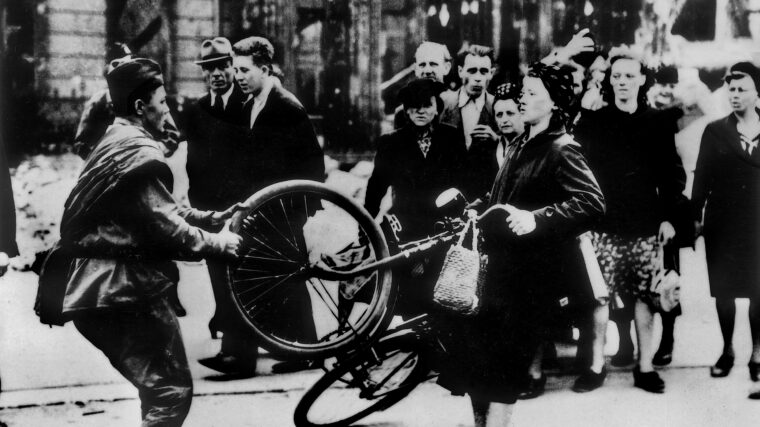
Allies
Wretched Misconduct of the Red Army
By Martin K.A. MorganThe vast Soviet War Memorial in Berlin’s Treptower Park commemorates 5,000 Red Army soldiers who fell in battle in the city in April and May 1945. Read more

Allies
The vast Soviet War Memorial in Berlin’s Treptower Park commemorates 5,000 Red Army soldiers who fell in battle in the city in April and May 1945. Read more
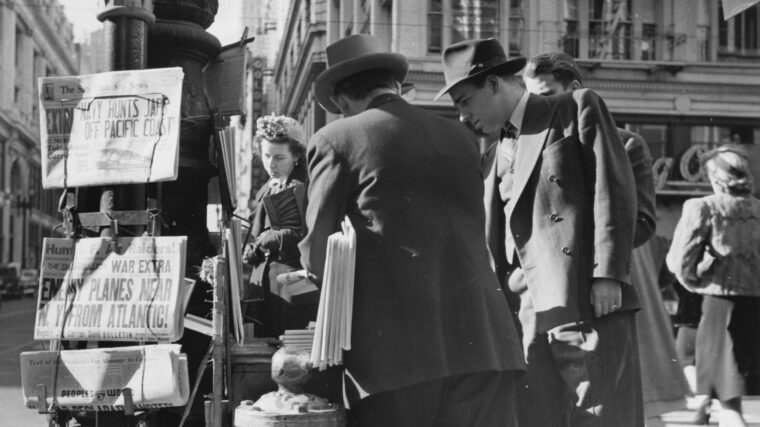
Allies
It seemed like just another ordinary day at sea. Early on December 7, 1941, a U.S. Army-chartered cargo vessel, the 250-foot SS Cynthia Olson, under the command of a civilian skipper, Berthel Carlsen, was plying the Pacific waters about 1,200 miles northeast of Diamond Head, Oahu, Hawaii, and over 1,000 miles west of the Tacoma, Washington, port from which she had sailed on December 1. Read more
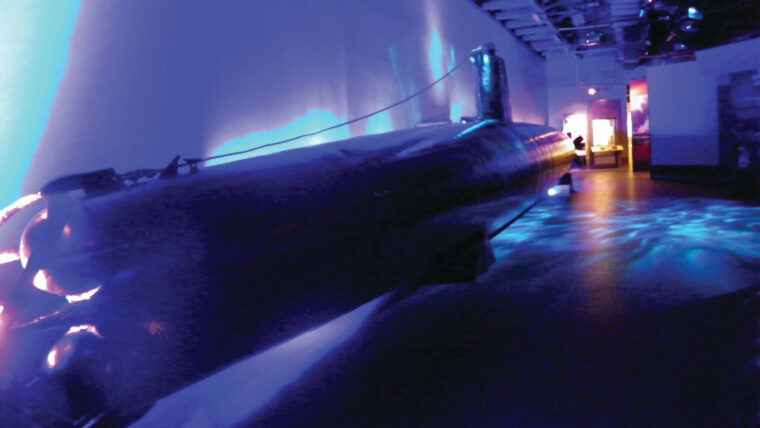
Allies
The small (population 12,000), central-Texas town of Fredericksburg, about an hour’s drive west of Austin and a little more than that northwest of San Antonio, may seem an odd location for the National Museum of the Pacific War until one realizes that Fredericksburg is the hometown of Fleet Admiral Chester Nimitz––the Eisenhower of the Pacific Theater. Read more
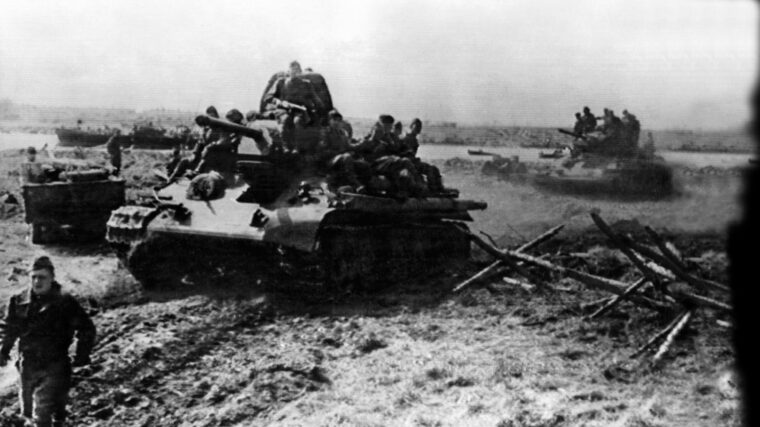
Allies
In 1941, Finland joined Nazi Germany in its attack on the Soviet Union, resulting in the third war with its giant eastern neighbor in 23 years. Read more
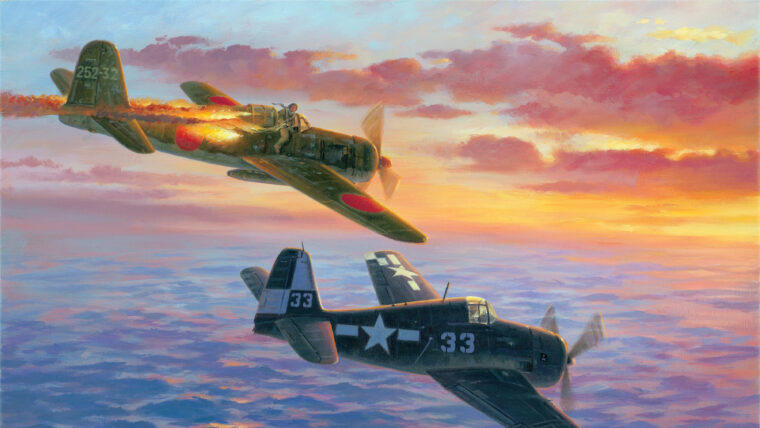
Allies
Lieutenant (j.g.) John “Ted” Crosby banked his Grumman F6F-5 Hellcat around, observing the life-and-death drama that was unfolding below him. Read more
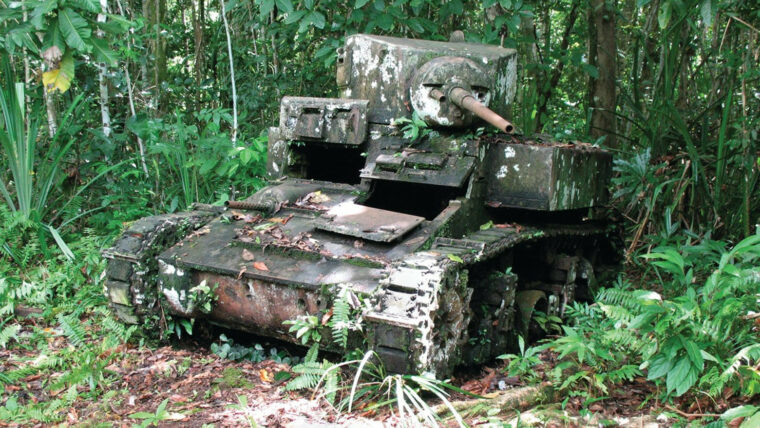
Allies
The downwind approach of my Boeing 737 into Honiara International Airport goes over Iron Bottom Sound, with Savo Island off in the distance. Read more
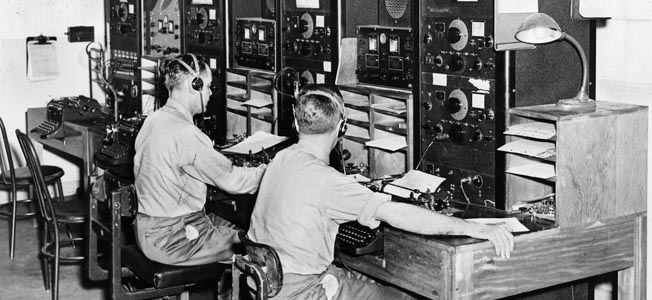
Allies
The Japanese strike on Pearl Harbor on December 7, 1941—a “Day of Infamy,” as President Franklin D. Roosevelt described it—left the American Pacific Fleet in almost total ruin, plunged the United States into World War II, and set off a controversy regarding the events that led up to the attack that is still being hotly debated. Read more
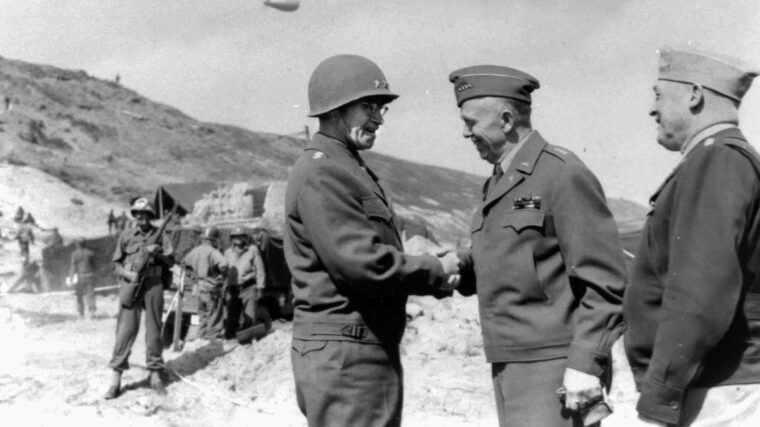
Allies
George Catlett Marshall was the greatest American military man of his age. If the United States Army had kicked off the 20th century with the specific intent of constructing a chief of staff to lead it to victory in World War II, it could not have done a better job than what chance provided in the triumphs and travails over the 40 years that molded George Marshall. Read more
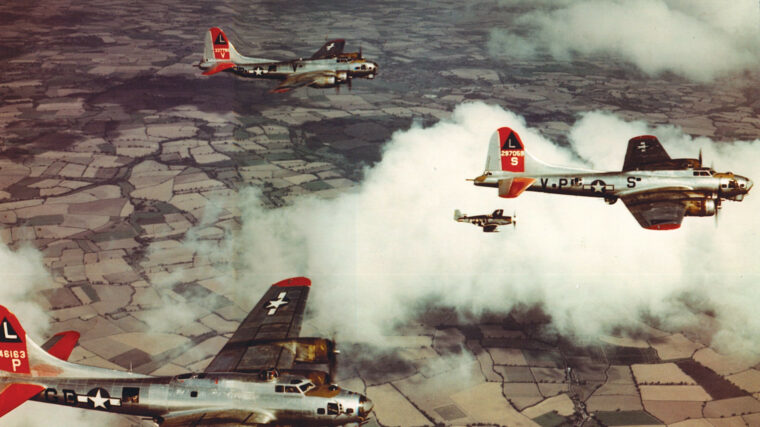
Allies
The Eighth Air Force—the “Mighty Eighth”—became the stuff of U.S. Air Force legend when its fleets of unprotected Boeing B-17 “Flying Fortress” heavy bombers flew massive air raids against the heavily guarded German industrial heartland during the period between the end of January through the middle of October 1943. Read more
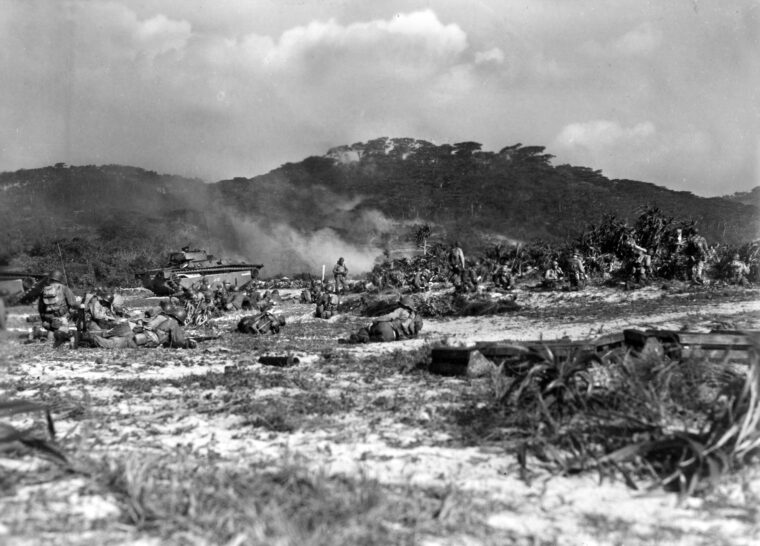
Allies
Close to the northern end of the island of Tokashiki, the largest member of a tiny group of islands called Kerama Retto, located 15 miles west of Okinawa and hardly 400 miles from the Japanese home islands, Corporal Alexander Roberts and the rest of the 306th Regimental Combat Team rested for the night beneath the starry skies of the northern Pacific. Read more
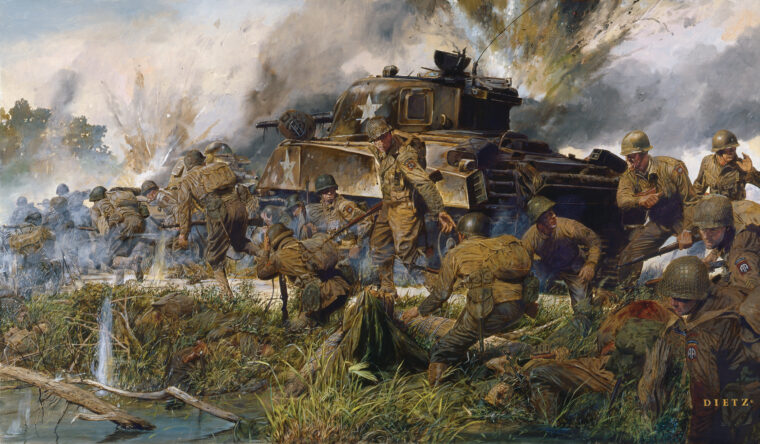
Allies
The night of June 5, 1944, and the morning of June 6 were without a doubt some of the most pivotal hours in the history of the 20th century. Read more
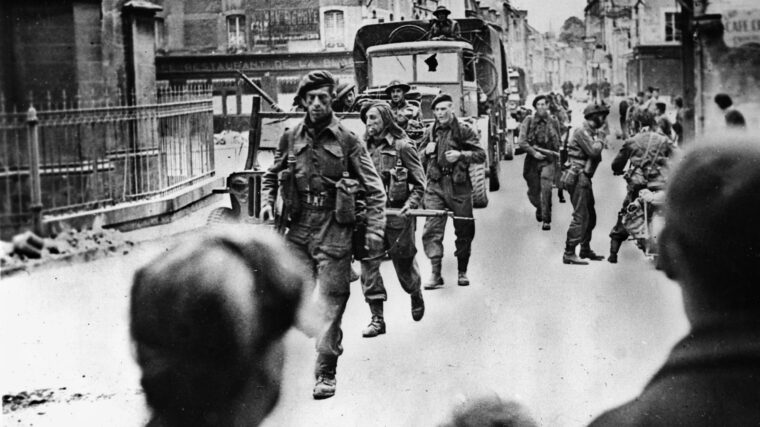
Allies
“The big day came and we moved off to our positions. Shortly a huge bombing raid commenced on the town of Wesel, followed by an artillery barrage which virtually shook the very ground under us. Read more
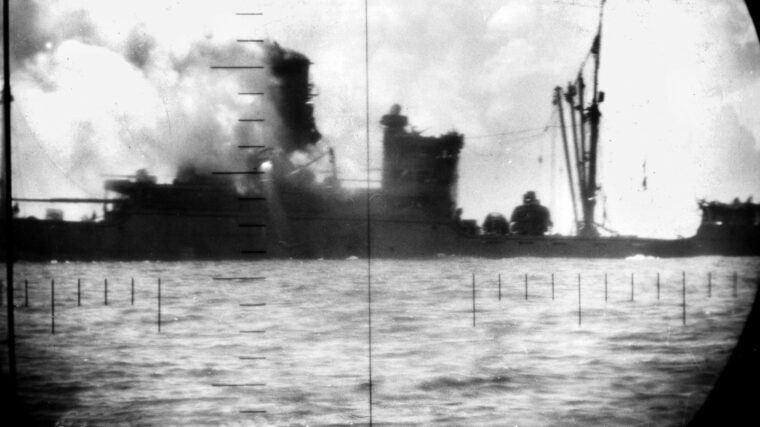
Allies
The early months of 1942 were dark days for the United States Asiatic Fleet. Much smaller than the Pacific Fleet, and equipped with mostly outdated surface ships, the fleet was in no way capable of winning a serious confrontation with the Imperial Japanese Navy. Read more
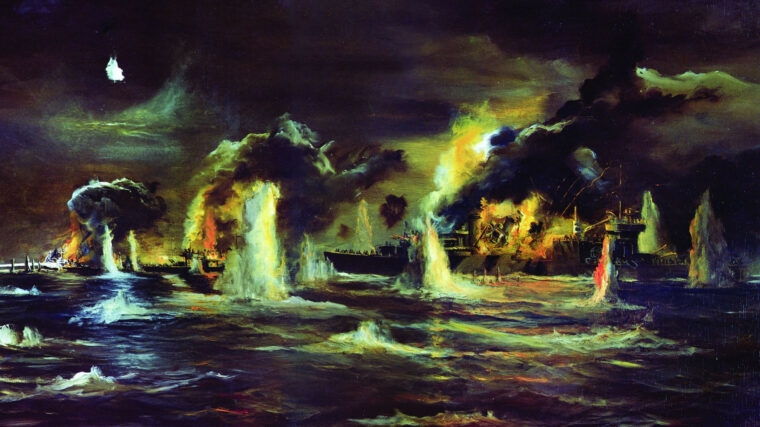
Allies
A United States naval task force bearing the U.S. 1st Marine Division arrived off Guadalcanal, in the eastern Solomon Islands, on the morning of August 7, 1942, and launched the first American offensive operation of World War II. Read more
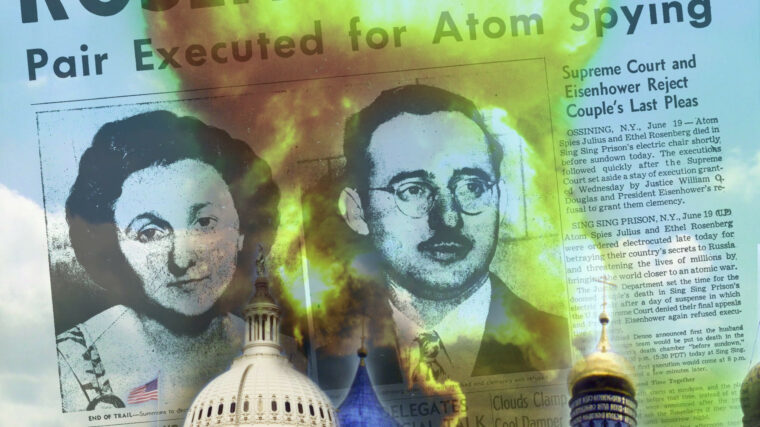
Allies
On February 1, 1943, a group called the U.S. Army Signal Intelligence Service, the forerunner of the modern-day National Security Agency (NSA), began a project to intercept and analyze diplomatic signal traffic sent by an ally of the United States: the Soviet Union. Read more
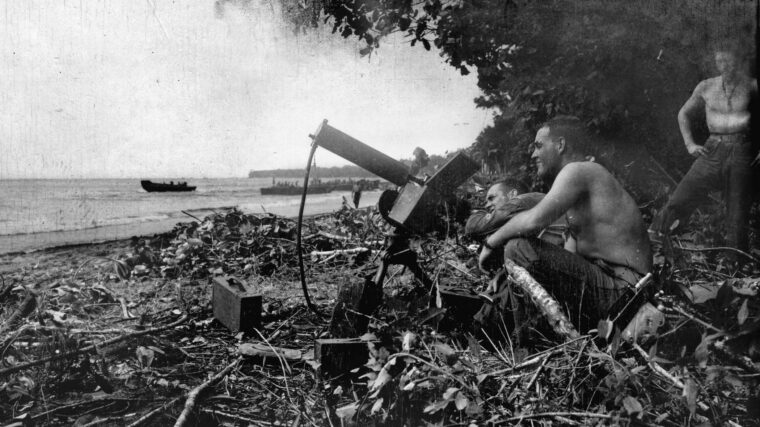
Allies
“Banzai! Banzai!” screamed the Japanese at the top of their lungs as they launched a ferocious night attack against Marines dug in on Guadalcanal. Read more

Allies
The American Infantry’s illustrious history, which is older than that of the country, comes alive in an impressive, $100,000,000, 190,000-square-foot museum located just outside Fort Benning, Georgia. Read more
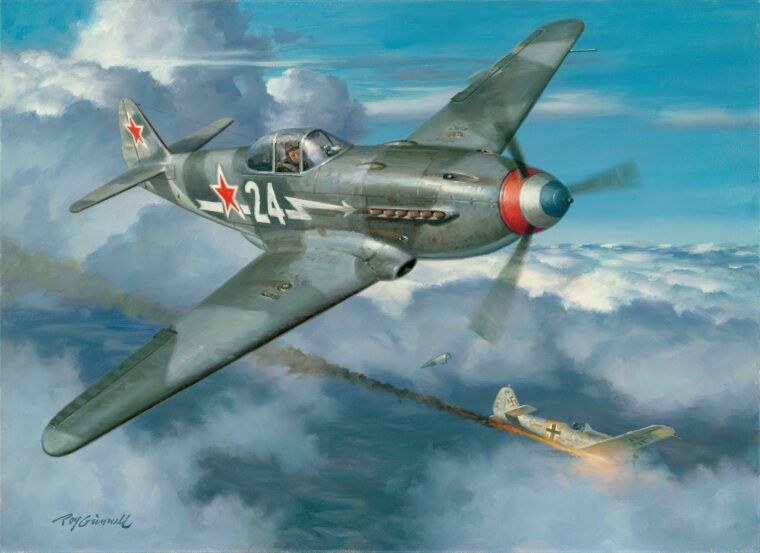
Allies
The world was understandably shocked when France capitulated to Nazi Germany in June 1940, but not all Frenchmen accepted their country’s humiliation. Read more

Allies
The Ninth Air Force began life on August 21, 1941, as the 5th Air Support Command at Bowman Field, Kentucky, and was activated on September 1, 1941. Read more
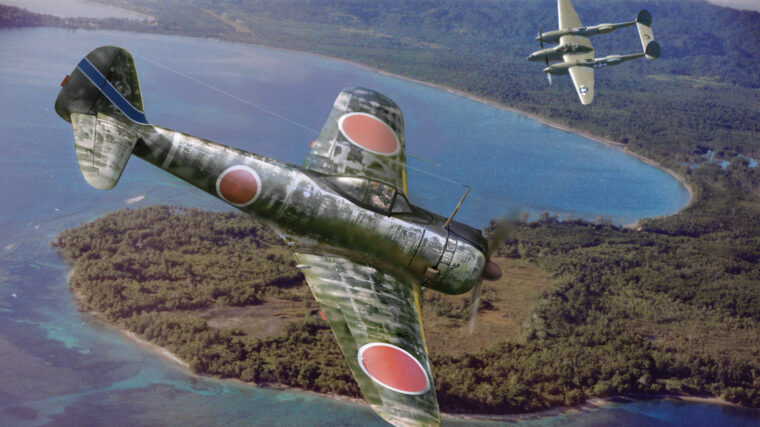
Allies
At the start of World War II, Japanese airpower ruled the skies over China and the Pacific. Read more